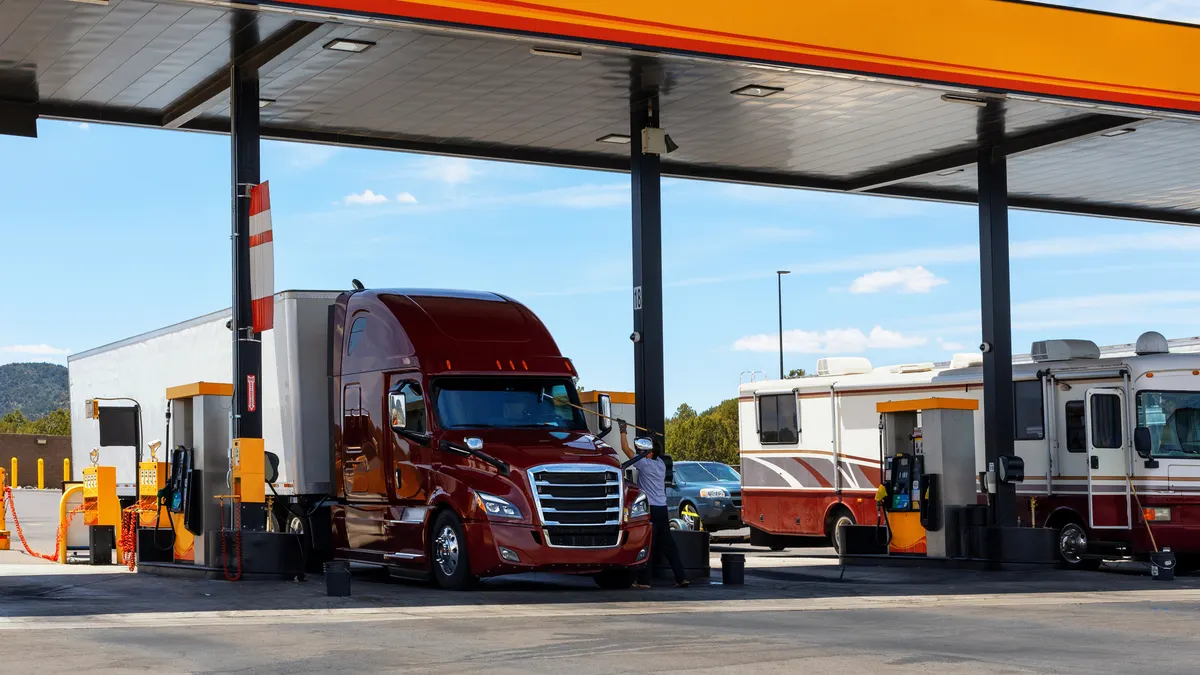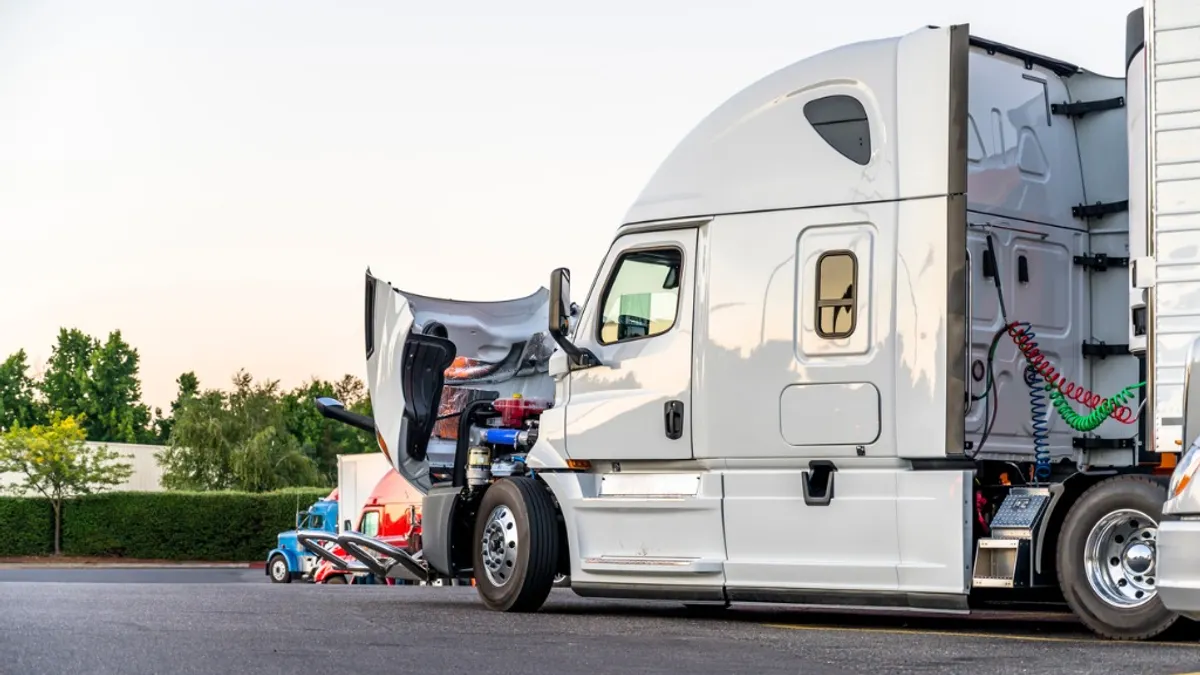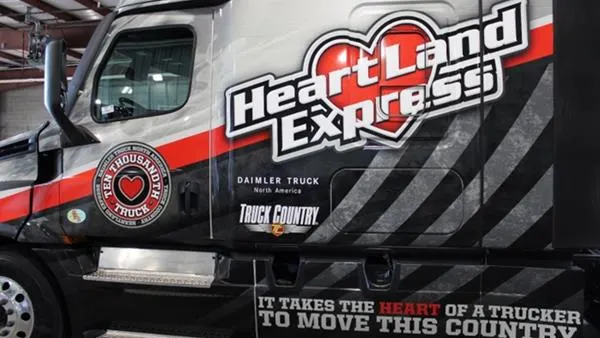Dive Brief:
- The trucking industry is well-positioned to recruit and employ younger, more diverse and historically underrepresented populations, according to a report by the American Transportation Research Institute.
- “Expanding outreach to underrepresented populations, such as former foster youth and justice-involved individuals, presents an opportunity to attract fresh talent,” the July report said.
- But amid driver shortages, removing stigma and better understanding people’s backgrounds can go a long way, the report suggested.
Dive Insight:
Trucking firms have long been adjusting to the needs of an aging workforce. But high turnover creates repeat challenges with hiring and retention.
Reframing hiring perceptions, though, could further help both hiring managers and underrepresented populations interested in driving. Former foster youth, for example, often face stereotypes due to outsiders’ perceptions of the foster care system, but they shouldn’t be “defined by their past experiences,” according to the ATRI report.
Similarly, while many of the drivers with criminal histories who were interviewed for the report said they had no issues with stereotypes or misconceptions, one driver said that companies will “automatically assume you will re-offend.”
Several drivers ATRI interviewed urged the industry to “be open-minded, offering second chances where appropriate,” the report found.
“By understanding these demographic trends, motor carriers and industry stakeholders can implement targeted strategies that not only sustain the truck driver pipeline but also foster a more inclusive and resilient workforce,” the report concluded.
Given the series of other challenges the industry is navigating, including how the introduction of self-driving trucks will impact driver training and concerns among drivers about compensation, trucking firms can find success by targeting driver needs and wants, Leah Shaver, president and CEO of the research-focused National Transportation Institute, wrote in a May blog post.










